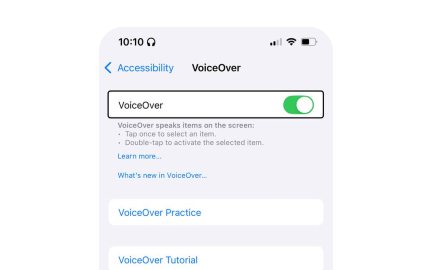Voice UI Design
Voice UI design focuses on how users interact with products through speech, creating clear, natural, and error-tolerant voice-driven experiences.
What is Voice UI Design?
Your voice interface frustrates users because it assumes perfect speech recognition and linear conversation flow rather than designing for real-world conditions where users speak differently, make mistakes, and need flexible interaction patterns.
Most teams approach voice interfaces as speech-enabled versions of visual interfaces without understanding the unique constraints and opportunities of audio-only interaction, missing chances to create truly effective voice experiences.
Voice UI design is the specialized practice of creating conversational interfaces that work through spoken interaction, accounting for speech patterns, context limitations, and audio-only feedback to enable natural, efficient voice-based task completion.
Products with effective voice UI design achieve 70% higher user task completion through voice, 50% fewer user frustration incidents, and significantly better adoption because voice interactions feel natural rather than fighting against human speech patterns.
Think about how companies like Amazon designed Alexa to handle varied speech patterns and conversation styles rather than requiring precise commands, or how automotive companies create voice controls that work safely while driving without visual attention.
Why Voice UI Design Matters for Natural Interaction
Your voice interface creates user frustration because it requires users to learn artificial speech patterns and commands rather than working with natural human conversation styles and speech variations.
The cost of poor voice UI design compounds through every voice interaction that fails to understand user intent. You get abandoned voice features, users reverting to visual interfaces, and competitive disadvantage when voice interactions feel robotic and unhelpful compared to natural conversation.
What effective voice UI design delivers:
More natural conversation experiences because voice UI design accommodates human speech patterns including hesitations, corrections, and varied phrasing rather than requiring robotic command precision.
When voice interfaces understand natural speech, users feel like they're talking to helpful assistants rather than struggling with technology that doesn't understand human communication patterns.
Better error handling and recovery through voice design that anticipates speech recognition mistakes and provides clear paths for users to correct errors or rephrase requests.
Enhanced accessibility and hands-free functionality because well-designed voice interfaces enable task completion without visual attention or manual dexterity requirements.
Improved user confidence with voice technology through interactions that feel successful and helpful rather than embarrassing failures that discourage continued voice interface usage.
More efficient task completion in appropriate contexts where voice input is faster or more convenient than visual interaction, such as while driving or when hands are occupied.
Advanced Voice UI Design Strategies
Once you've established basic voice UI capabilities, implement sophisticated voice interaction and conversation design approaches.
Multi-Modal Voice and Visual Integration: Design voice interfaces that coordinate with visual displays to provide optimal user experience rather than treating voice as completely separate interaction method.
Personalization and Adaptive Voice Recognition: Create voice interfaces that learn individual user speech patterns and preferences rather than generic voice recognition that doesn't adapt to user communication styles.
Context-Aware Voice Interaction: Design voice interfaces that understand user context including location, time, and recent activity to provide more relevant and helpful voice responses.
Enterprise and Professional Voice Interface Design: Create voice interfaces for workplace and professional contexts that handle business terminology and workflow complexity appropriately.
Recommended resources
Courses

Apple Human Interface Guidelines

UX Design Foundations

Design Terminology
Lessons

Intro to UI Cursors

Devices & Screen Sizes








